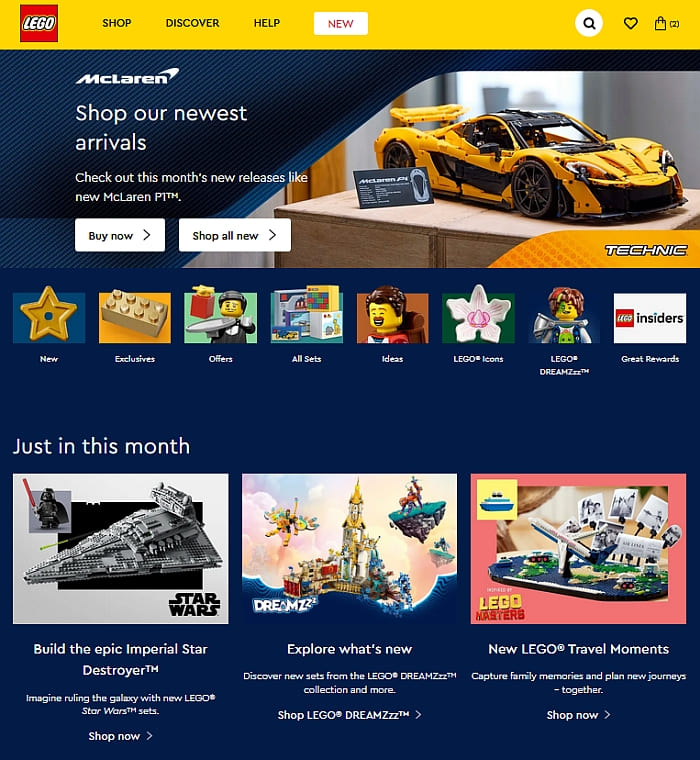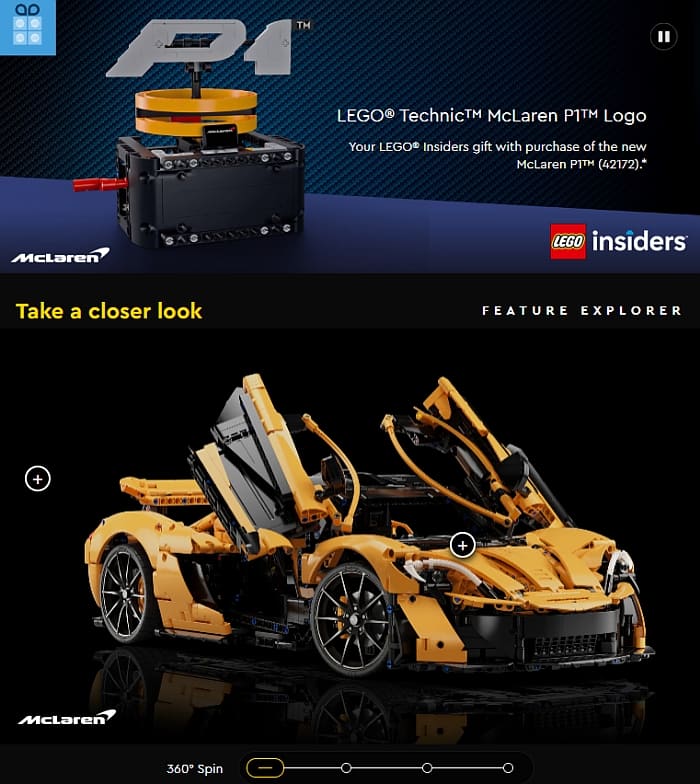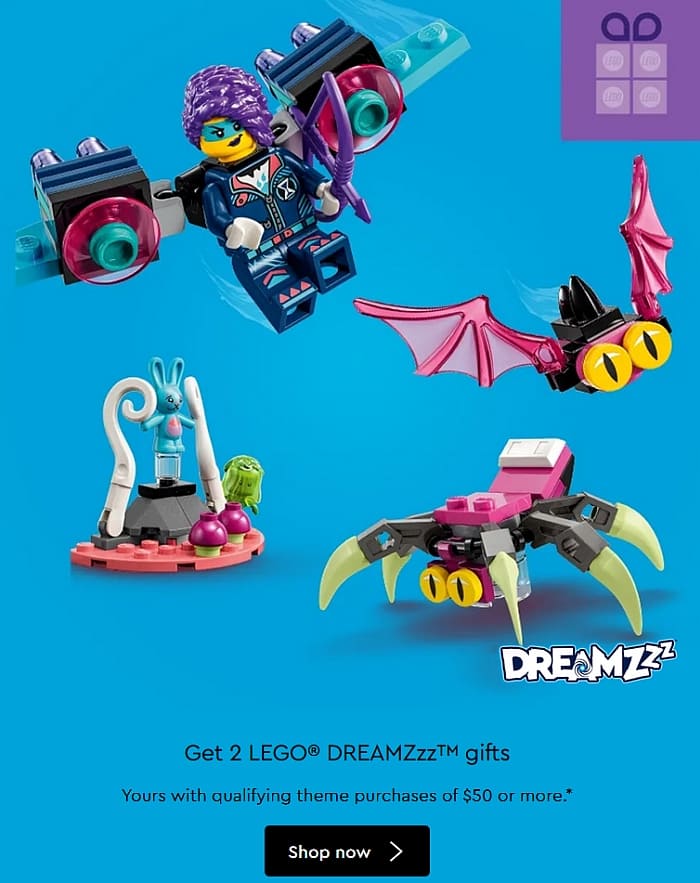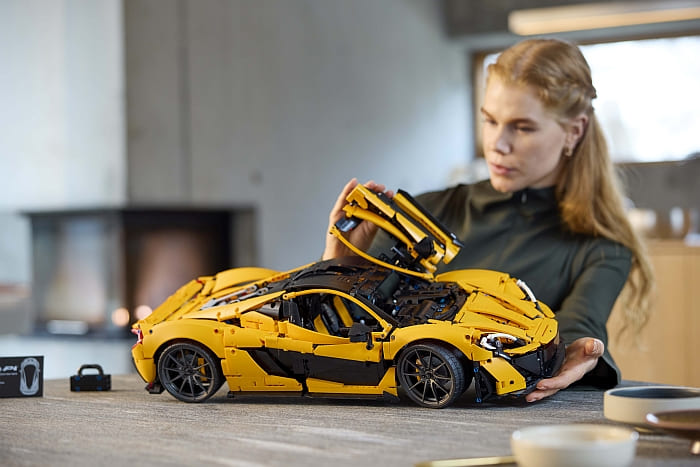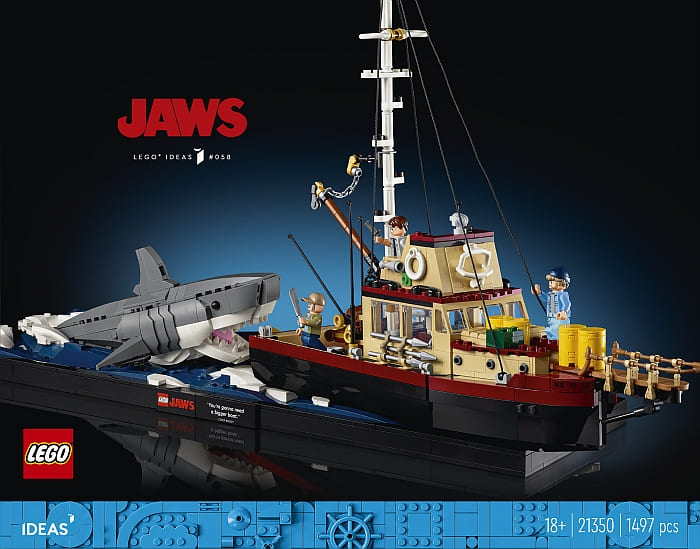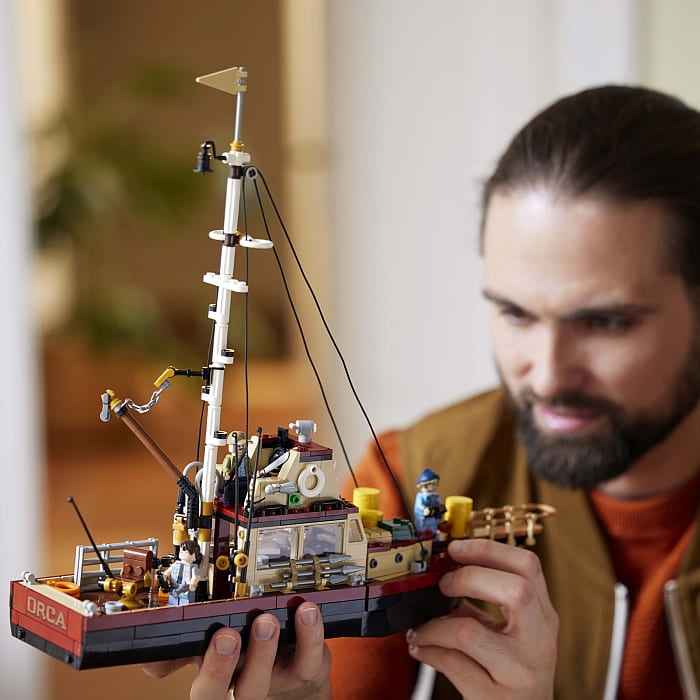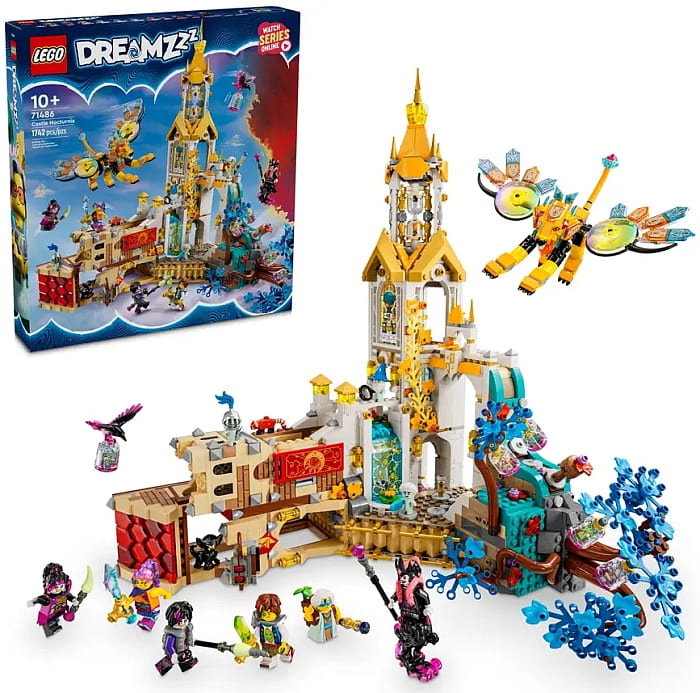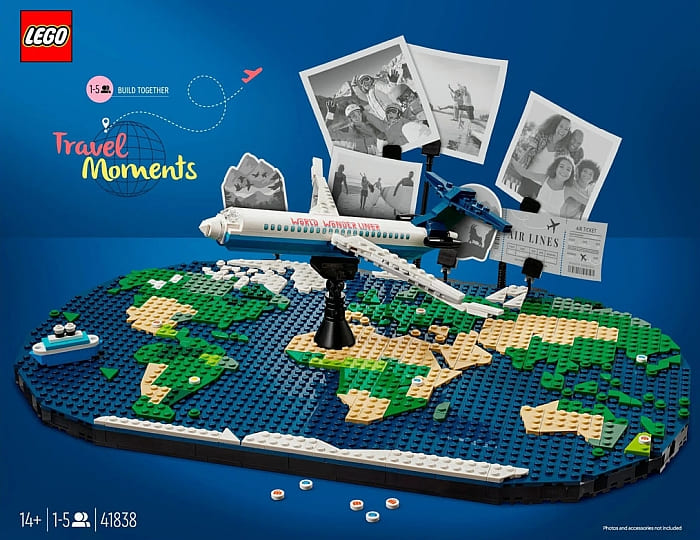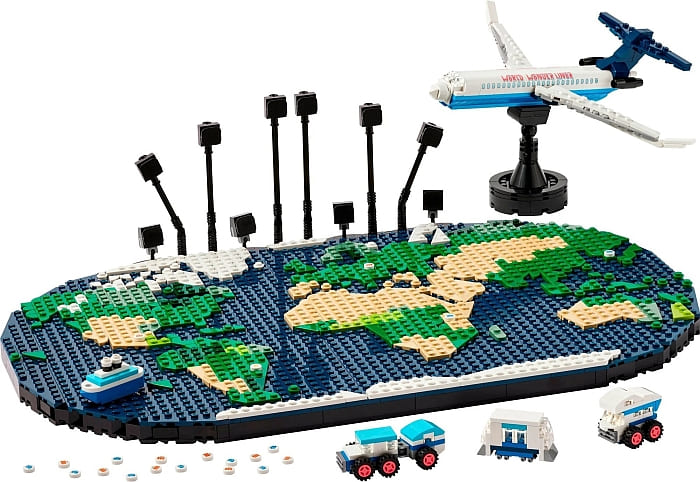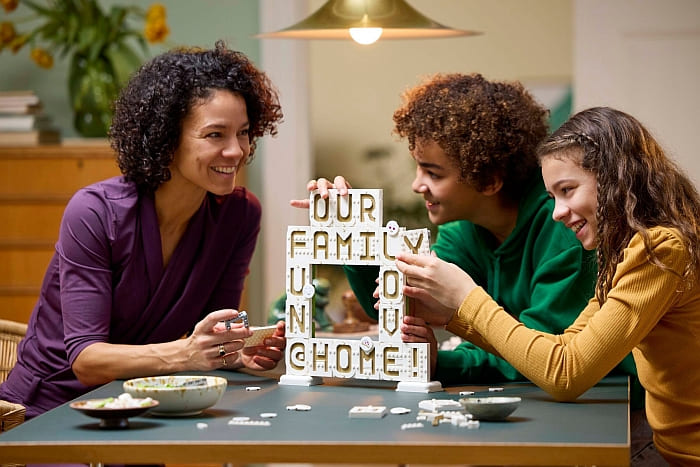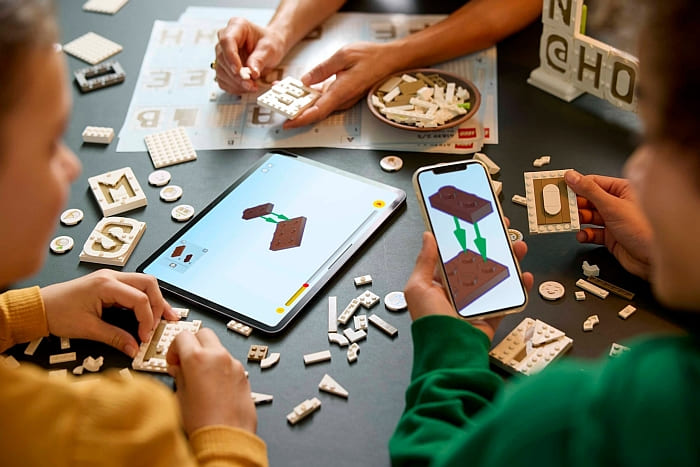Over the past months, the LEGO Ideas Review Board evaluated 42 qualifying product ideas all of which demonstrated a huge array of creativity and innovation. All these designs achieved the landmark ‘10k’ status between early September 2023 and early January 2024. And today, they announced the results!
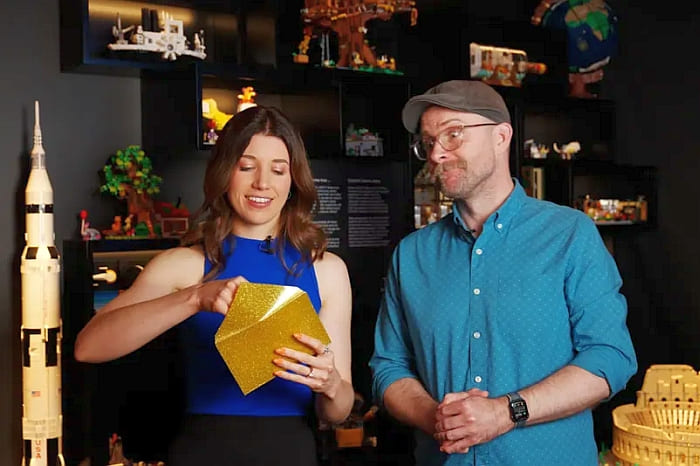
The first new project that will become an official LEGO set is Charlie and the Chocolate Factory – Here We Go Again! by 2PPL. The project contains Charlie Bucket, Willy Wonka, Augustus Gloop, Veruca Salt, Violet Beauregarde, Mike Teevee, and two Oompa-Loompas. Recreate the iconic chocolate waterfall scene, with all the fantastic colors and flavors that allow you to imagine being really inside the famous book. The chocolate waterfall actually works and has a space to be motorized!
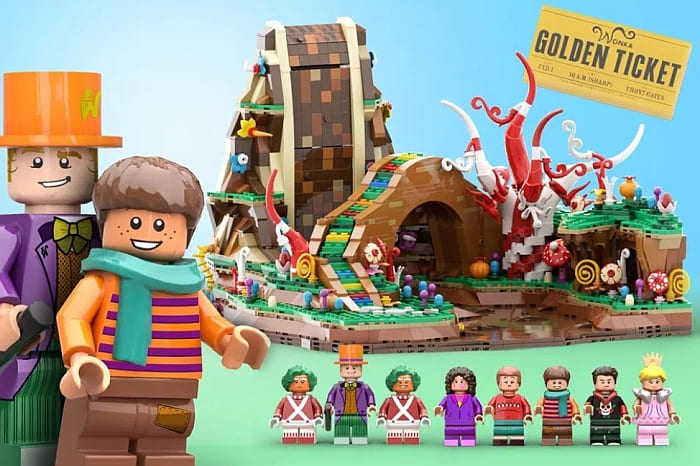
The second project that will become an official LEGO is The Italian Riviera by Galaxy333. The Italian Riviera is home to many small, colorful towns that cling to the cliffside above the sea. This model is heavily inspired by this beautiful region of Italy, specifically by the towns of the Cinque Terre. Included in this project are three shops: a gelato shop, a florist, and a fish market, as well as a second-story living space. The model also wouldn’t be complete without a small town square and beach.
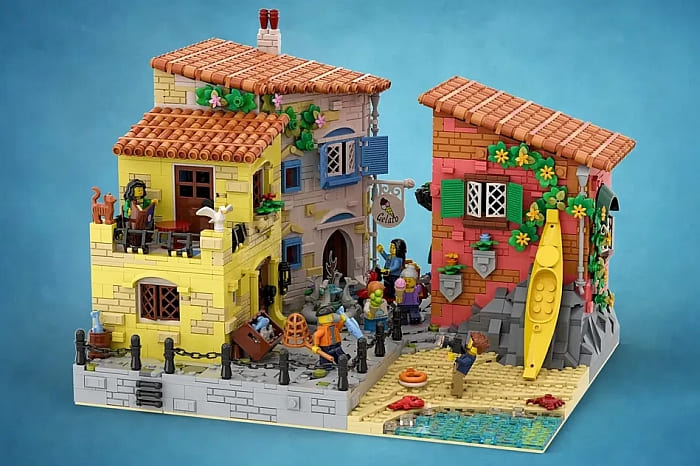
Just to recap, besides the above-mentioned new projects, there are currently seven LEGO Ideas fan creations in development, launching at different points in the future, along with two LEGO Ideas Gift-With-Purchase sets and two LEGO Ideas Insiders Rewards sets. In addition, you may recall from the previous announcement, that the LEGO Ideas team is still considering the Disney Pixar Luxo Jr. Lamp model by TOBY1KENOBI20506.
Also, the LEGO Ideas Review Board is working its way through the next round of 10K product ideas, slightly more projects than last time, coming in at 48 submissions. These all hit 10,000 supporters between early January 2024 and early May 2024. They will share the results of the first 2024 LEGO review in the autumn of 2024.
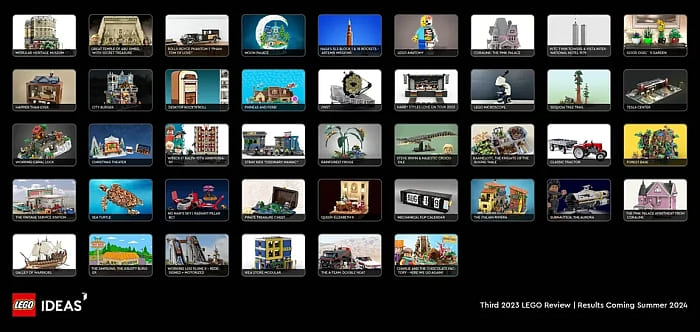
To see all the currently available LEGO sets originally designed by LEGO fans, visit the LEGO Ideas section of the Online LEGO Shop.
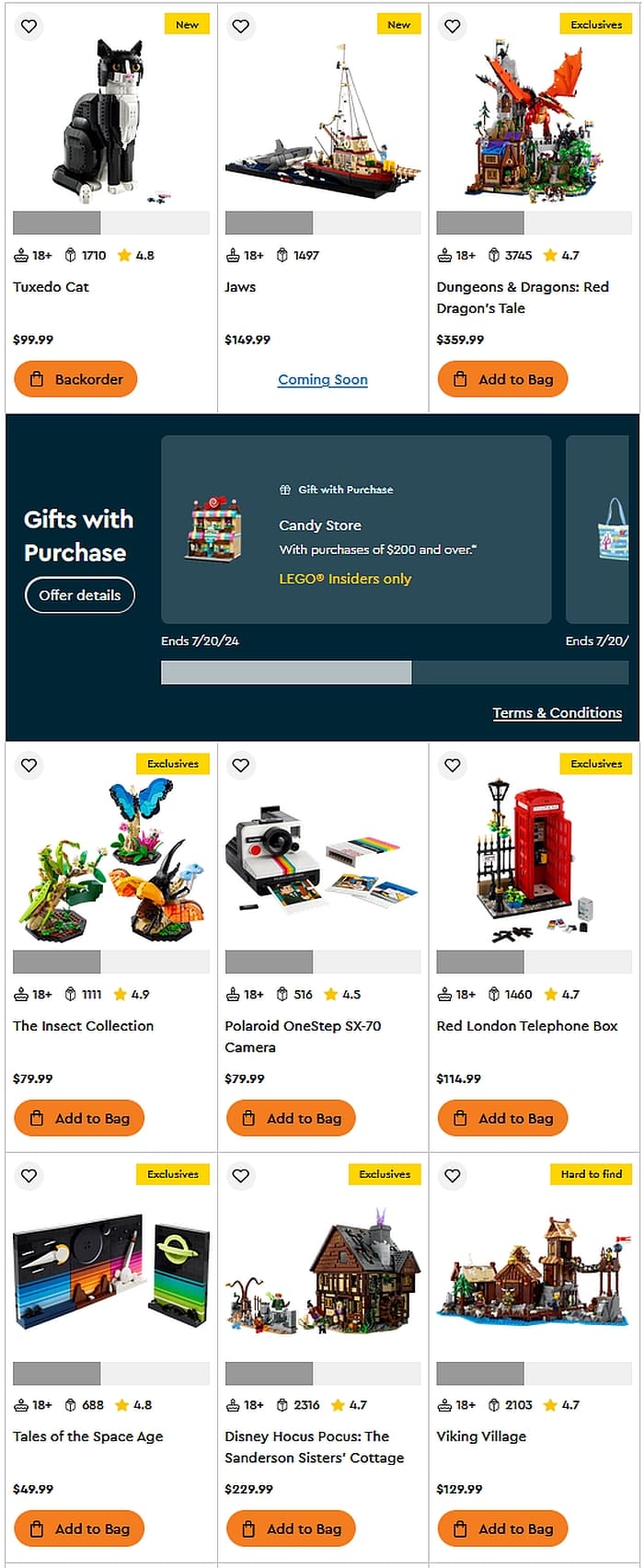
What do you think? How do you like the new additions to the LEGO Ideas sets list? Are you planning to get either of them? Feel free to share your thoughts and discuss in the comment section below!
And you might also like to check out the following related posts:


